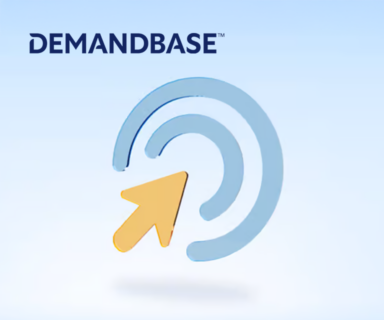
It’s hard to argue against the promises of account-based marketing (ABM). Focusing your marketing efforts on ideal accounts that are actively in the market for your products and services seems like a recipe for success in any industry.
But the truth is that many ABM programs fail to achieve measurable success. That doesn’t mean ABM doesn’t work. Rather, it means that we need more practical steps to build, execute, and scale smarter ABM.
That’s why we wrote our new E-Book, Building an ABM Program That Actually Works. In it, you’ll find the six essential components to getting ABM right and how the right purchase intent data can help you every step of the way.
The 6 Components of a Practical ABM Program
Account-based marketing is one of the fastest-growing trends among B2B businesses today. If you want to stand out from your competition, you need a strategy that does more than just go through the ABM motions.
To build an ABM program that actually works, you need the right approach to these 6 key components:
- Account Selection: How do you go about building your target account list? If you’re working solely off of feedback from sales, you might have trouble setting your ABM program up for success. Sales feedback is great, but you also need access to deeper firmographic and intent data that will narrow your account list.
- Account Prioritization: One of the most important parts of successful ABM is understanding the difference between fit and need. Just because a target account is a good fit for your products/services doesn’t mean they have a need. And if they don’t have a need, you don’t need to waste time (and resources) engaging them. Prioritizing the right accounts at the right time starts with intent data.
- Buying Team Identification: Account-based marketing isn’t entirely about accounts. You also have to dig deeper into ideal accounts to identify the individuals involved in purchase decisions. This means going beyond traditional persona-based marketing to take a more prospect-led approach that focuses more on the people who actually express interest in your products/services.
- Target Account Engagement: At this stage, you can’t have a gap between sales and marketing. Successfully engaging B2B accounts means taking a coordinated, data-driven approach that focuses on consistency and personalization.
-

Click Image to Download E-Book Sales Enablement: All too often, B2B buyers are frustrated by sales processes that don’t actually provide value. It’s your job as a marketer to equip sales with key account insights that will change that. This starts with mapping out account buying teams and is executed through behavioral intelligence.
- ABM Measurement: You can’t assess your successes and failures without a measurement plan. But it’s not just about tracking pipeline and closed/won deals. You need a strategy that also measures how you’re influencing pipeline and generating ROI from your ABM program (add revenue and opportunities).
These 6 steps give you a practical framework for designing your ABM program. However, there’s more to each step than just a simple, two-sentence description. If you want to build, execute, and scale smarter ABM, you need a deeper understanding of each of these 6 practical steps.
Download our E-Book, Building an ABM Program That Actually Works, to learn more about practical ABM execution.





